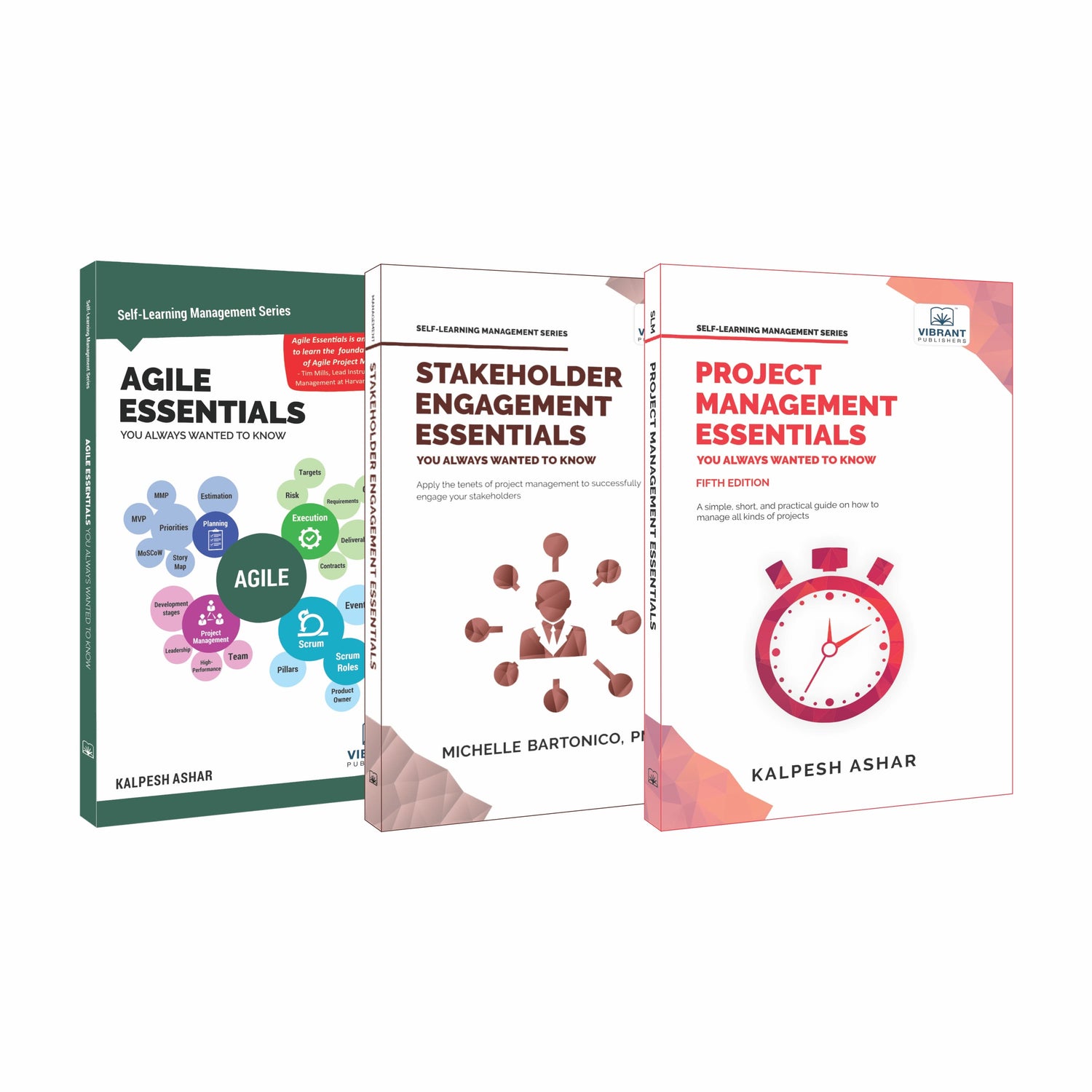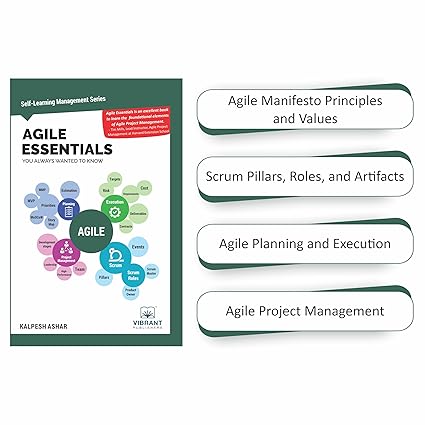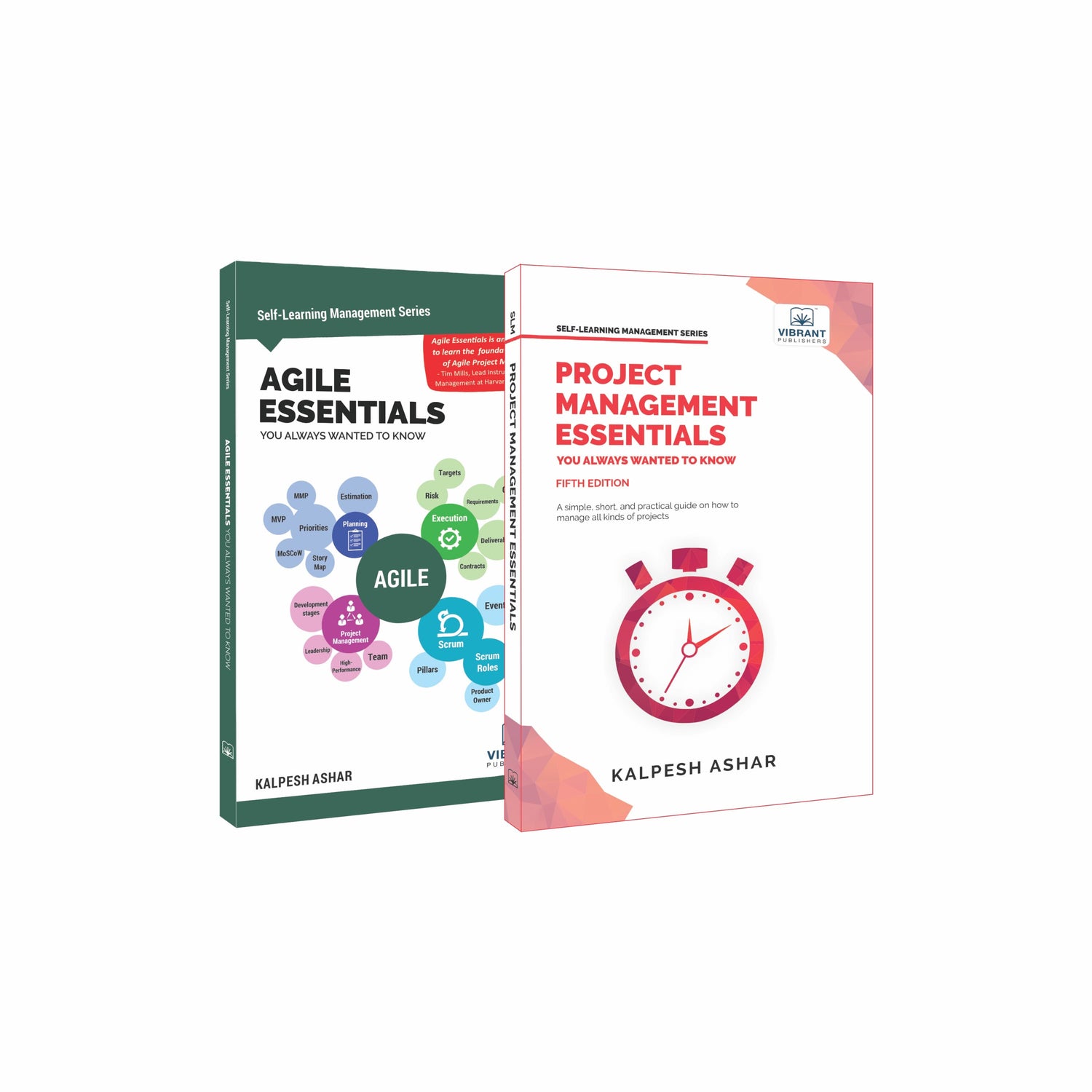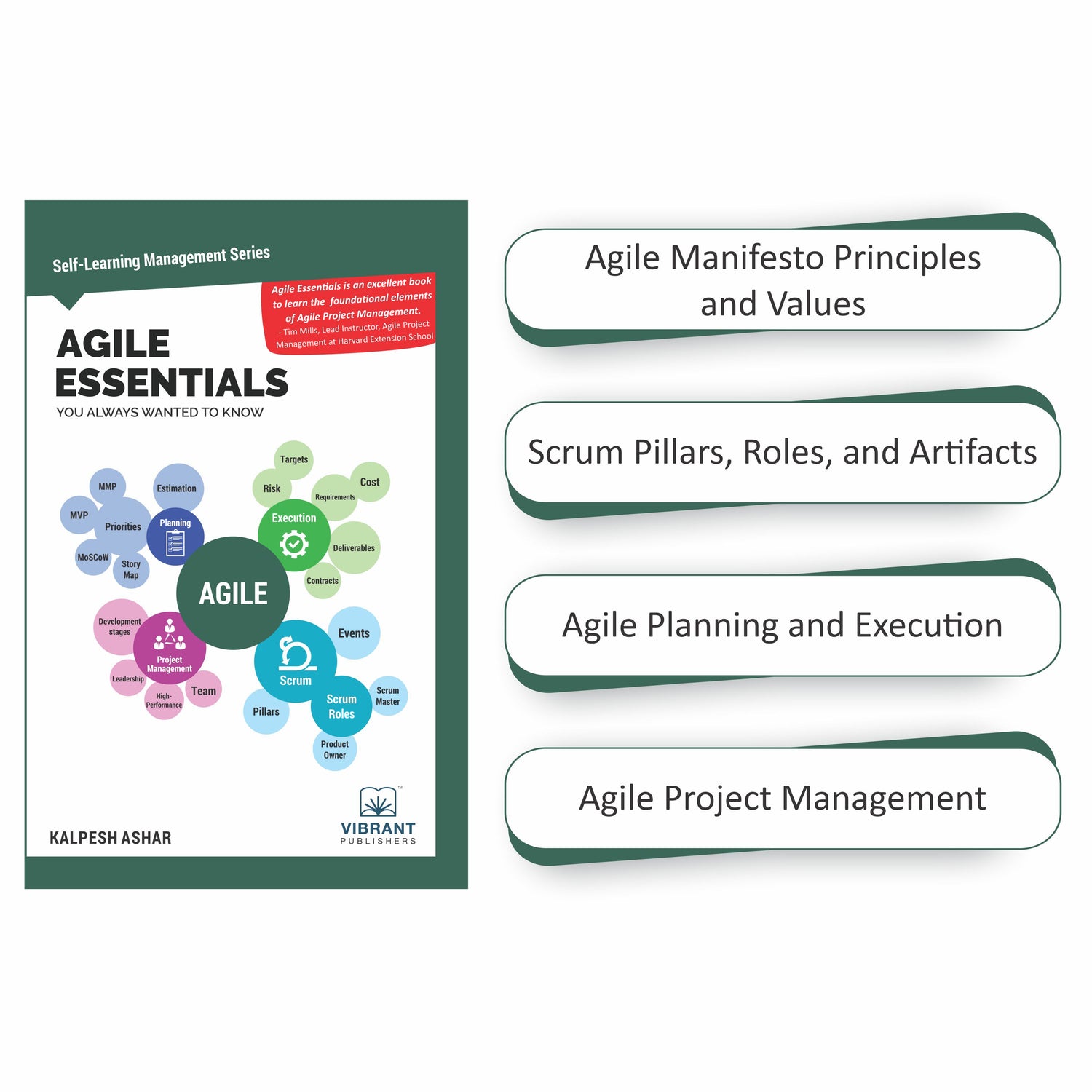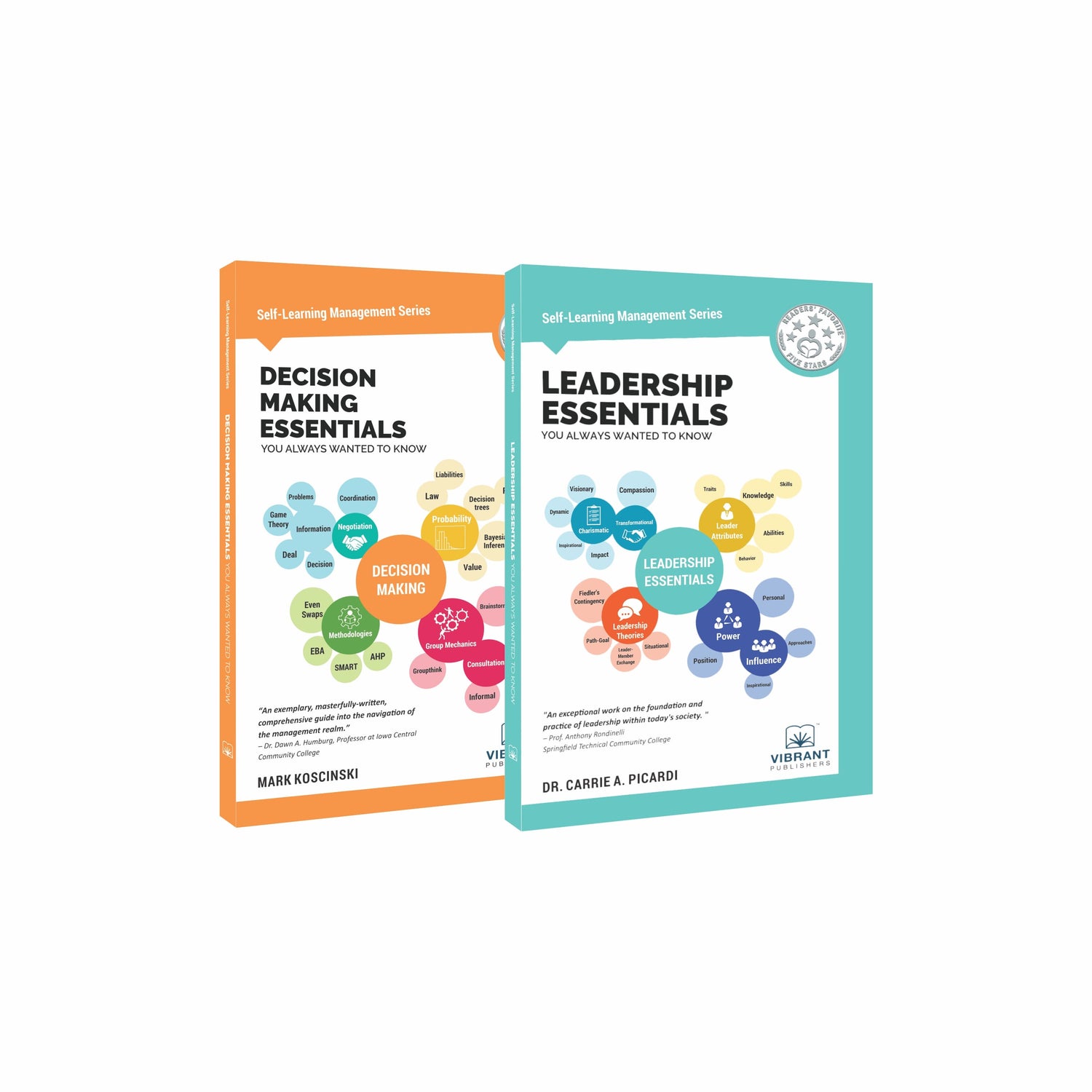
Changes in the ACT: What’s New in 2025 and How It Compares to the Past
The ACT is evolving to provide students with more flexibility, accessibility, and efficiency. Starting in 2025, the test will undergo significant changes to improve the overall testing experience. This comprehensive guide will cover all the new updates, compare them with the previous format, and address common questions.
Starting in April 2025, students who choose to test online will have more flexibility and choice, experience a shorter test, and get more time to respond to each question.
Beginning with the September 2025 test, all students testing on a Saturday, either online or on paper, will experience these benefits. Schools and districts will have these options starting in spring 2026.
Overview of Key Changes in ACT
The upcoming changes aim to streamline the testing experience while providing more options for students. Here’s a breakdown of the major updates and how they compare to the previous format:
1. Fewer Questions, Same Challenge
Starting in 2025, the ACT will feature a notable reduction in the total number of questions across all sections. The test, long known for its fast pace, is adapting to allow students more time per question. Here's a quick breakdown of the changes:
- English Section: Reduced from 75 to 50 questions.
- Math Section: Dropping from 60 to 45 questions.
- Reading Section: Going from 40 to 36 questions.
- Science Section (optional): No change; 40 questions

2. Shortened Test Duration
One of the most notable changes is the reduction in test duration. The total number of questions will be reduced by 44, cutting down the overall test time from 195 minutes to 125 minutes. This shorter test is designed to reduce fatigue and improve focus, allowing students to complete the exam more efficiently.
Previous Format:
- Up to 195 minutes with five sections (including a separate experimental section).
New Format (2025):
- Reduced to 125 minutes.
- The experimental questions are now integrated into the scored sections, eliminating the separate fifth section.
Benefit: The shorter test duration reduces fatigue and helps students stay focused throughout the exam.
3. Optional Science Section
Previous Format
- The Science section was mandatory and part of the Composite score.
New Format (2025):
- The Science section becomes optional.
- Students can choose whether to take it, and the Composite score will only include English, Math, and Reading. The Science score will be reported separately if taken.
Benefit: This change allows students to tailor the test to their academic strengths and career goals, offering flexibility.
4. Fewer Answer Choices in Math
Previous Format:
- Math questions had five answer choices.
New Format (2025):
- Math questions will now have four answer choices.
Benefit: Simplifying the decision-making process can reduce the likelihood of guessing and help students focus more on solving the problems.
5. Revised Composite Score Calculation
Previous Format:
- The Composite score was based on English, Math, Reading, and Science.
New Format (2025):
- The Composite score is now calculated using only English, Math, and Reading. If the Science section is taken, its score will be reported separately.
Benefit: This adjustment highlights students’ strengths in core academic areas while providing flexibility in how they approach the test.
6. Increased Time Per Question
Previous Format:
- Time per question was more limited, contributing to a rushed testing experience.
New Format (2025):
- More time is allocated per question across all sections.
Benefit: Students can approach each question more thoughtfully, reducing stress and improving accuracy.
7. Optional Writing Section
Previous Format:
- The Writing section was optional but included in the overall testing time if chosen.
New Format (2025):
- The Writing section remains optional, with no changes to its structure or timing.
Benefit: Students have the flexibility to decide whether to include the Writing section based on their needs.
8. Integration of Experimental Questions
Previous Format:
- Experimental questions were placed in a separate fifth section, which was unscored.
New Format (2025):
- Experimental questions are now integrated into the scored sections, seamlessly blended into the test.
Benefit: This integration eliminates the need for an extra section, reducing overall test time and improving the flow of the exam.
Implementation Timeline:
- April 2025: The updated format will be available for students choosing to take the ACT online during national test dates in the U.S.
- September 2025: The changes will apply to all students, including those taking the paper-based test and international test-takers.
- Spring 2026: Schools and districts will have the option to implement these changes for their students.
What’s Not Changing
- ACT Scale: The score scale remains 1-36.
- Benchmark Standards: No changes to ACT benchmarks or state-specific achievement standards.
- Score Reporting: Scores from tests taken prior to the new format will not change.
- Predictive Validity: The ACT’s ability to predict success in first-year college courses remains unchanged.
- Testing Formats: Both paper-and-pencil and online testing options will continue to be available.
Old vs. New ACT Format

Enhanced Features of the Online Testing Platform
In addition to these changes, the online testing platform introduces several new tools and features to improve the test-taking experience:
Answer Elimination Tool
The Answer Elimination Tool on the ACT online test is designed to help test-takers eliminate incorrect answer choices during the multiple-choice sections, improving the chances of selecting the correct answer.
Answer Masking Tool
The Answer Masking Tool is designed to help students focus more effectively on the question itself by hiding the answer choices.
Scientific Calculator
The Scientific Calculator is a built-in tool available for use in the Math section. It is designed to assist test-takers in solving more complex mathematical problems that require advanced functions.
Highlighter Tool
The Highlighter Tool is a feature designed to help students emphasize key information in the test content, particularly in reading and passage-based questions.
Line Reader Tool
The Line Reader Tool is designed to assist students in focusing on one line of text at a time, helping them stay organized and avoid distractions. This tool is particularly useful for students with reading difficulties or those who benefit from visual tracking support.
Magnifier Tool
The Magnifier Tool is an accessibility feature designed to assist students who may have visual impairments or those who need to zoom in on specific parts of the test to see the content more clearly.
Text-to-Speech Tool
The Text-to-Speech Tool is an accessibility feature that reads the test content aloud to students, providing an auditory option for those who may benefit from listening to the text rather than reading it visually. This tool is especially useful for students with visual impairments, learning disabilities, or those who struggle with reading comprehension.
Time Remaining Indicator
The Time Remaining Indicator is a crucial feature on the ACT online test that helps students keep track of the time left to complete their test.
Mark for Review
The Mark for Review feature allows students to flag questions that they want to revisit later during the test.
Contrast Tool
The Contrast Tool on the ACT online test is an accessibility feature that helps improve readability for students with visual impairments or those who have difficulty distinguishing between text and background colors.
FAQs About the ACT Changes
1. Who should take the Science section?
Students aiming for STEM fields or planning to take science courses in college should consider taking the Science section. It allows them to demonstrate their proficiency in scientific reasoning and data interpretation.
2. How will the composite score be calculated?
The Composite score will now be calculated using the English, Math, and Reading sections only. If students choose to take the Science section, its score will be reported separately.
3. What about superscoring?
Starting April 2025, Superscoring will include the highest scores from English, Math, and Reading. This method ensures that students' best performances are reflected in their Composite score.
4. How will experimental questions affect the test?
Experimental questions will be integrated into the scored sections, but they will not impact a student's score. These questions are used to test future exam content.
5. Will scores be delivered in the same timeframe?
Yes, score delivery will remain within the usual two-to-eight-week window. Students can expect their results in the same timely manner as before.
6. Is the Writing section still optional?
Yes, the Writing section remains optional. Students can choose to take it based on their college application requirements or personal preference.
7. Will there be new test prep materials?
New practice tests and preparation materials aligned with the updated format will be available by early 2025. Current materials still provide valuable preparation as the core knowledge and skills assessed by the ACT remain unchanged.
Conclusion: Why These Changes Matter
The ACT’s new enhancements are designed to create a more flexible, accessible, and efficient testing experience. By reducing the overall test length, providing more time per question, and offering optional sections, the ACT is tailoring the test to better meet the needs of today's diverse student population.
These updates ensure that students can showcase their abilities in a supportive environment, paving the way for academic and career success. Whether opting for the online format or sticking with traditional paper testing, these changes reflect the ACT’s commitment to evolving with the educational landscape.
Related blogs:
ACT vs SAT: Which test should you take?
Overview of ACT
Digital SAT Scoring Decoded: Scoring, Parameters, and Tips to Improve Your Score
Share





